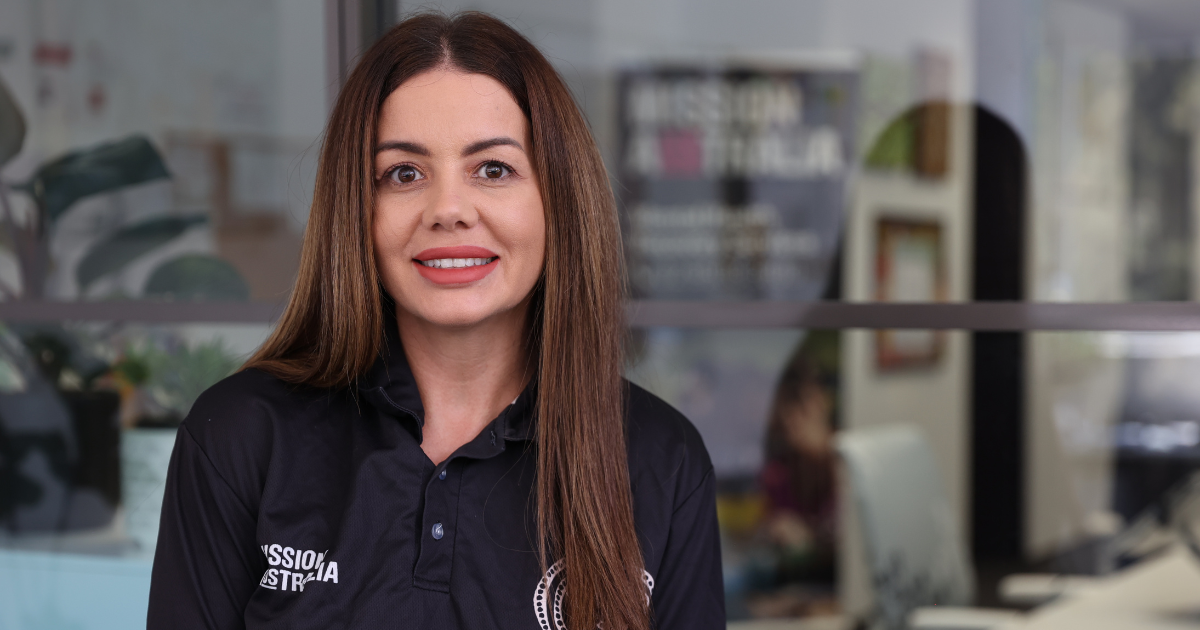Three leading causes of homelessness in Australia
Homelessness can affect anyone, triggered by a range of circumstances that are outside of our control.
But first, what is homelessness?
Homelessness is a defined by the Australian Bureau of Statistics as a lack of suitable accommodation alternatives. It is a problem in our communities that goes beyond ‘rooflessness’ and a lack of access to safe shelter. The experience of homelessness includes vulnerable people living in temporary accommodation, caravan parks or in their cars.
While homelessness is a complex issue that can affect men, women and children from various backgrounds, here are three leading causes of homelessness in our communities:
1. Domestic and family violence can lead to homelessness
Domestic and family violence— a form of violent, abusive or bullying behaviour —can force many women and children to leave their homes, often with no support and nowhere else to go.
In 2023-24, specialist homelessness services assisted around 109,500 people who had also experienced family and domestic violence1.
Dee*, a mother of two young children informed her GP of domestic and family violence after four years of marriage to her husband. Her GP connected her with a domestic and family violence support service, which immediately referred her to one of Mission Australia’s housing services. With the help of staff, Dee was able to remove herself from the violent relationship and find refuge in a temporary accommodation managed by Mission Australia Housing.
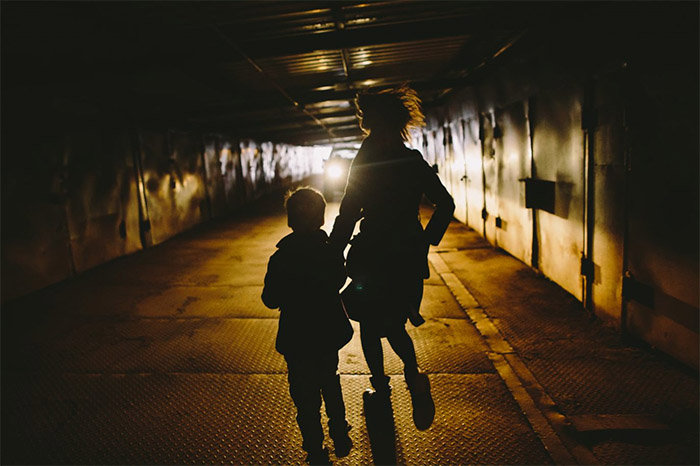
Domestic and family violence is also a major contributor to youth homelessness in Australia. In 2023, Mission Australia's Youth Survey Report found one in 10 young people who responded to the survey had experienced homelessness in the previous year.2

Tim* was 15 years old when he was linked with one of Mission Australia’s Reconnect services in Adelaide. Tim’s mother was in Queensland and his father was in prison. He was couch surfing at the time and had no income, making it hard for him to attend school. With help from Mission Australia, Tim was able to purchase school supplies, school uniforms and find safe accommodation. Tim now attends school regularly.
Without the proper care and support, young people may become involved with substance abuse and can face long-term homelessness. For thousands of women and young people in similar situations as Dee or Tim, facing homelessness can feel safer than living in a home where domestic and family violence is a reality.
2. Mental health is interrelated to homelessness
Mental illness and the experience of being homeless are often interrelated, affecting an individual’s self-confidence, ability to attain employment or sustain their tenancy. In 2021-22, around 82,500 people with a current mental health condition received support from a specialist homelessness service. Just under half of these people experienced homelessness and around 12% had nowhere to sleep.3
In Richard’s* case, a redundancy from his position at a government organisation had a significant impact on his mental health. The 62-year-old faced severe anxiety and re-entering the workforce proved more difficult than he imagined. Without an income, Richard couldn’t keep up with rental. When a Mission Australia homelessness service first met him, he was sleeping rough in the laundry of an apartment block. Read more about different experiences of homelessness in Australia.
The link between mental health and homelessness is also apparent in young people. In Australia, in 2021–22, around 48% of young people who received help from a specialist homelessness service also faced a current mental health issue. 4
3. Sudden life changes can trigger homelessness
No one is immune to homelessness. Unexpected changes in circumstances can trigger experiences of homelessness. Life events such as the death of a loved one, sudden job loss or relationship breakdowns can expose people to a chain of events that results in homelessness.
For thousands of Australians, the risk of losing their home is only one pay slip away. The high cost of rental housing combined with the lack of affordable housing options, particularly for low income earners, can force many families and individuals out of their homes with no place to live.
When the pandemic hit Australia, the financial disruption and interruptions to businesses and livelihoods was unexpected.

For 40-year-old Abby*, a single mother living in Australia, the COVID-19 restrictions cost cut her working hours and led to a significant reduction of income. The supplementary payments barely covered her bills and with rent falling further behind, Abby was on the brink of homelessness. When she got in touch with a Mission Australia housing service, Abby was approved to receive financial support to cover her rent and avoid homelessness.
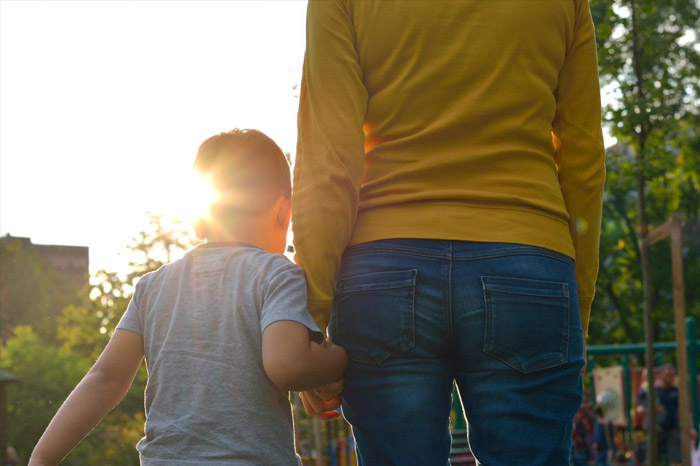
Identifying the leading causes of homelessness can help us break the cycle of homelessness in Australia. With a regular donation or one-off gift to Mission Australia, you can help us end homelessness and support people in need to thrive.
Learn more about homelessness in Australia and how you can help.
Help a vulnerable person find a safe home
Donate today
Need homelessness or housing support?
Mission Australia Housing provides social and affordable housing options to support an individual’s journey towards independence. Discover more about Mission Australia Housing or find a community service near you.
For further information on housing programs operated by Mission Australia Housing, please contact us at the details below:
1800 269 672
1AIHW (2024) Specialist homelessness services annual report 2023-24
2 Mission Australia Youth Survey Report 2024
3AIHW (2024) Specialist homelessness services annual report 2023-24
4 AIHW (2024) Specialist homelessness services annual report 2023-24
Related news and stories
Read about what we’ve been working on, our stance on important social issues and how you make a difference to vulnerable Australians' lives.

Three priorities at the 2025 Federal Election
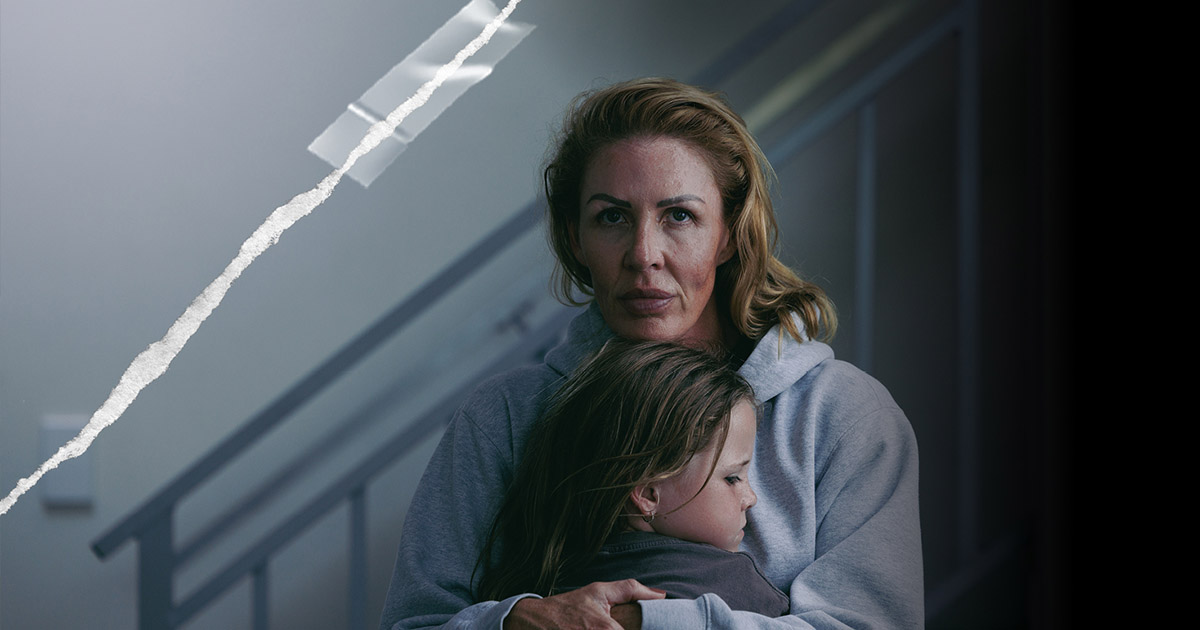
From fear to freedom: Cass’ story

Women helping women: Karla’s story
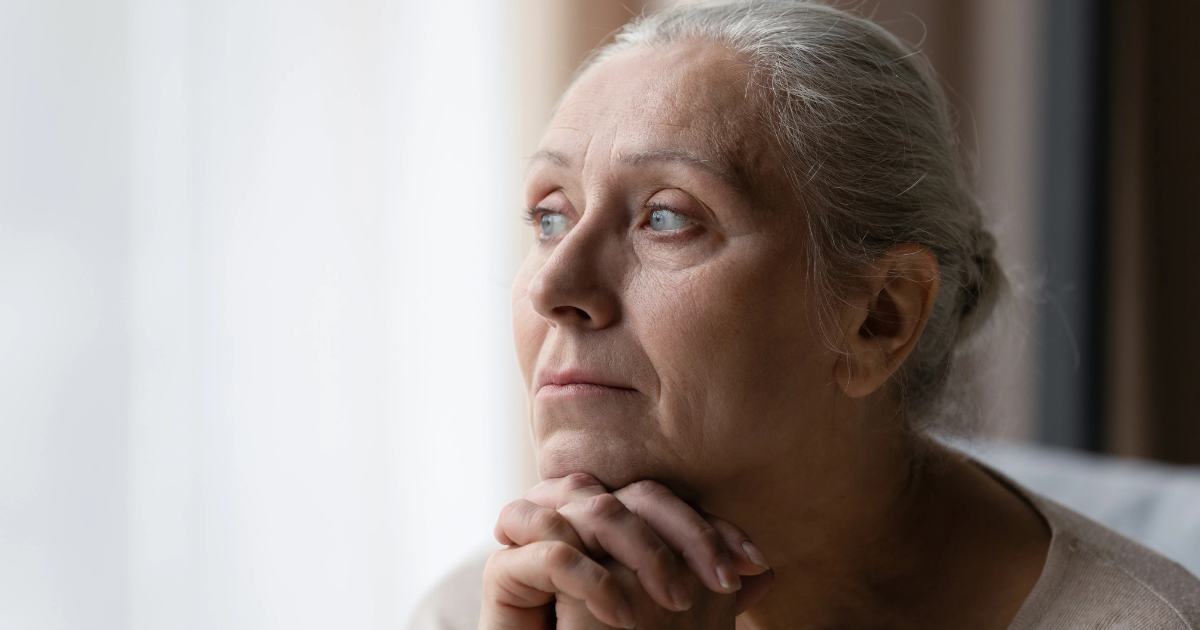
Helping older women find safe homes
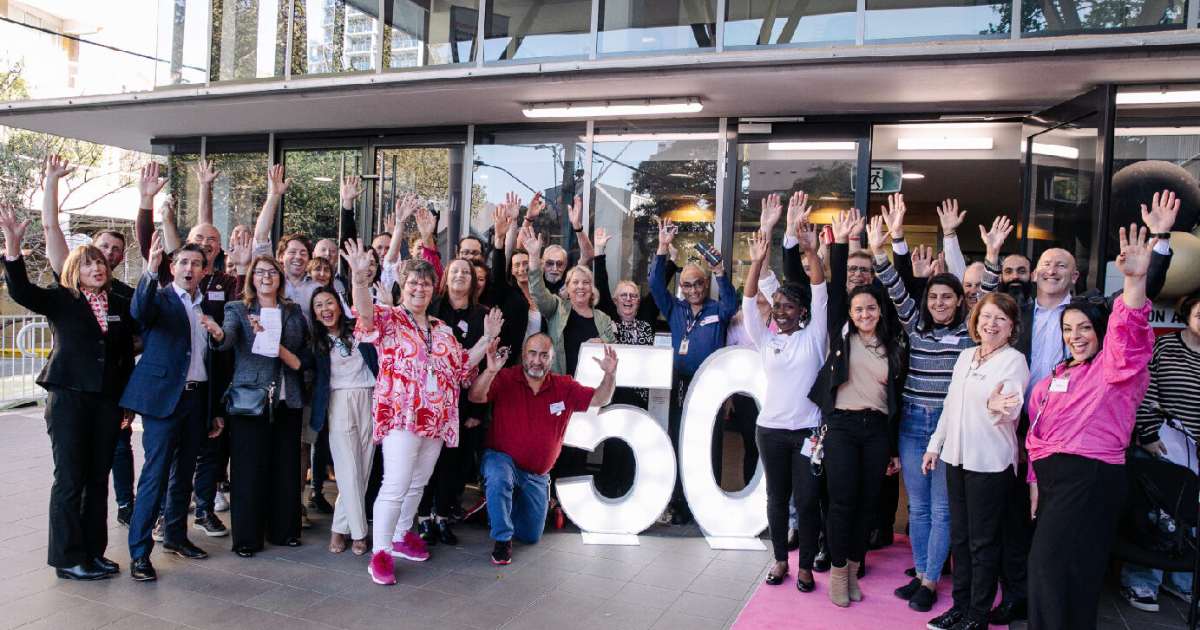
Celebrating 50 years of helping people in Surry Hills
